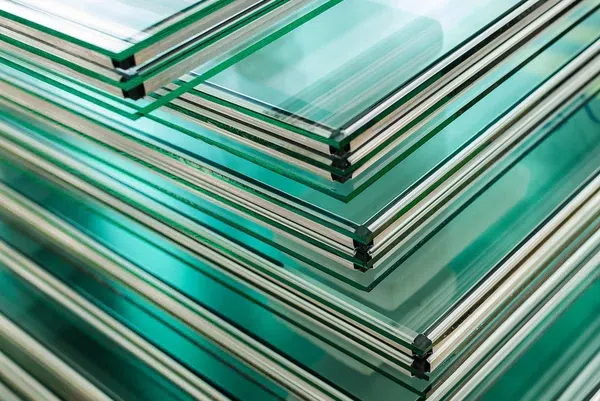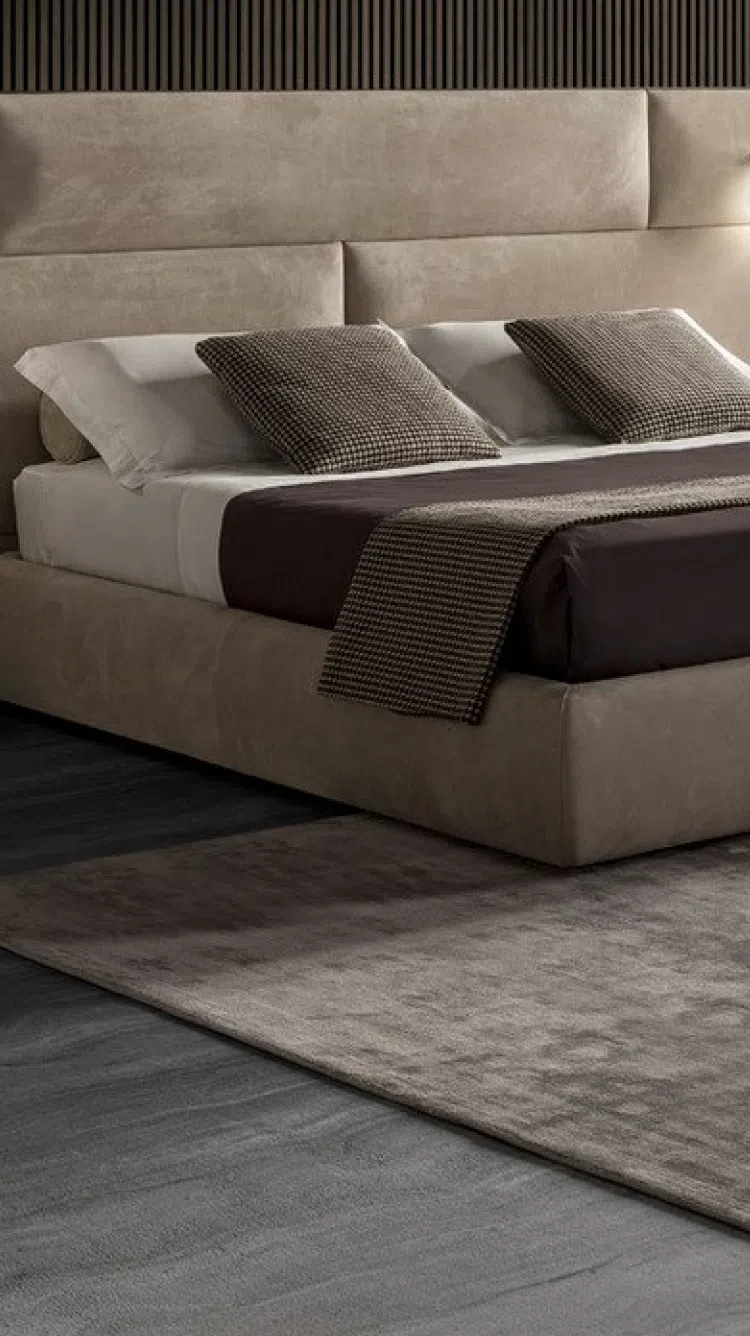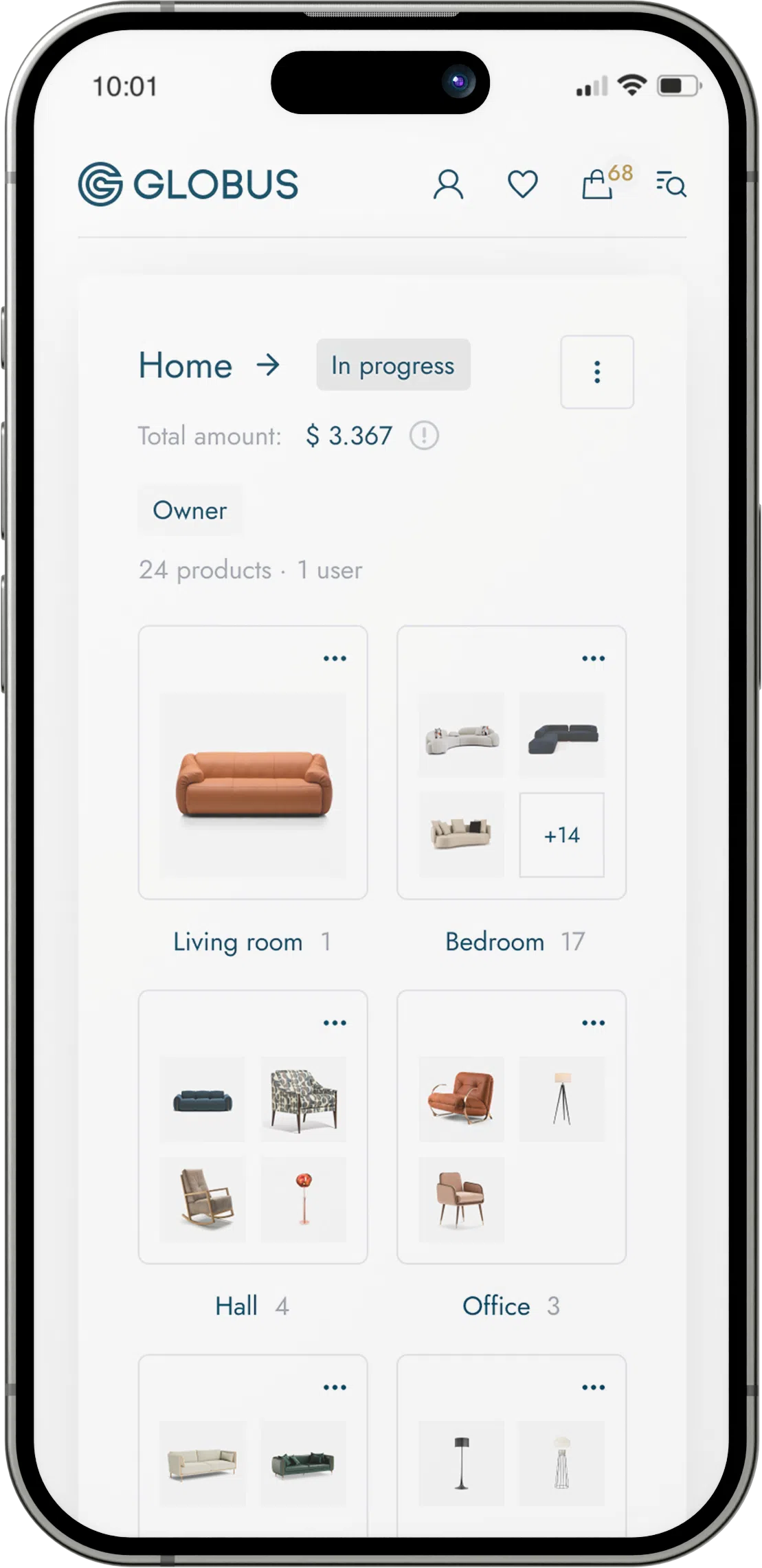
Tempered glass, also known as toughened glass, is a type of safety glass that has been processed by controlled thermal or chemical treatments to increase its strength compared to normal (or annealed) glass. The tempering process involves heating the glass to a temperature close to its softening point (typically between 600 to 650 degrees Celsius, or 1100 to 1200 degrees Fahrenheit) and then rapidly cooling it. This rapid cooling puts the surfaces into compression and the interior into tension, which gives tempered glass its strength.
Here are some key characteristics and considerations regarding tempered glass as a material used in furniture:
Strength: Tempered glass is approximately four to five times stronger than annealed glass of the same size and thickness. It is able to resist direct impact and can support heavier loads, which makes it suitable for applications where a durable surface is required, such as tabletops, shelves, and heavy-duty doors.
Safety: One of the main advantages of tempered glass is its safety aspect. When broken, rather than shattering into sharp, jagged shards that can cause injury, it fractures into small, relatively harmless pieces. This characteristic is crucial for minimizing the risk of injury in the event of breakage, making it appropriate for public spaces and households with children.
Heat Resistance: Tempered glass can withstand temperature variations and is not as susceptible to thermal breakage as regular glass. It can handle temperatures up to 250 degrees Celsius (482 degrees Fahrenheit), which is beneficial for surfaces that might be exposed to high heat, such as near cooktops.
Applications in Furniture: In furniture design, tempered glass is commonly used for:
- Dining, coffee, and side table tops
- Shelving units
- Desks
- Cabinet doors
- TV stands
- Shower doors (in case of bathroom furniture)
Visibility: Tempered glass maintains the transparent properties of ordinary glass, making it suitable for furniture that aims to give an open and airy feel. However, it can also be treated to be frosted, tinted, or patterned, depending on the desired aesthetic.
Maintenance: Tempered glass surfaces are relatively easy to clean and maintain. They can be wiped down with standard glass cleaning solutions and a lint-free cloth. Unlike some other materials, tempered glass does not stain easily and is not susceptible to corrosion.
Fabrication: Due to its strengthened state, tempered glass must be cut to size and have any other processing like drilling holes or edge finishing done before tempering. Once tempered, it cannot be reworked as the process will cause it to fracture. Special hardware is often used to mount or support tempered glass without compromising its integrity.
In conclusion, tempered glass is a durable, safe, and versatile material for furniture, offering both functional and aesthetic benefits. Its physical properties have made it a popular choice in modern and contemporary furnishing, meeting the demands for both resistance and minimalistic elegance.


